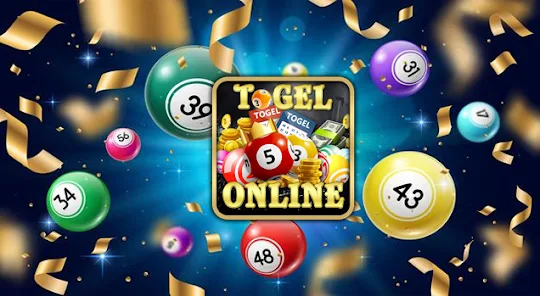Slot machines, often referred to as simply “slots,” are iconic symbols of the gambling industry and have become synonymous with excitement, entertainment, and the chance of winning big. From the classic mechanical machines with their kangtoto login levers to the modern digital marvels found in casinos worldwide, the evolution of slots is a fascinating journey through history, technology, and human psychology.
A Brief History:
The origins of the slot machine can be traced back to the late 19th century, when the first mechanical gambling devices were introduced. One of the earliest and most famous of these was the “Liberty Bell,” created by Charles August Fey in 1895. Featuring three spinning reels and five symbols – horseshoes, diamonds, spades, hearts, and a Liberty Bell – the Liberty Bell machine paved the way for the modern slot machine.
Evolution of Slot Machines:
Over the decades, slot machines evolved from simple mechanical contraptions to sophisticated electronic and digital devices. In the mid-20th century, electromechanical machines introduced features such as flashing lights, sound effects, and multiple paylines, enhancing the player experience and increasing the allure of slots. The transition to fully electronic machines in the late 20th century brought even more innovation, with video screens, bonus rounds, and interactive features captivating players in new ways.
Mechanics of the Machine:
At its core, a slot machine is a game of chance. Players insert coins, tokens, or credits, spin the reels, and wait for the outcome. The spinning reels contain various symbols, and the objective is to line up matching symbols on a payline to win a prize. The outcome of each spin is determined by a random number generator (RNG), ensuring that every result is entirely unpredictable and independent of previous spins.
Types of Slot Machines:
Slot machines come in a variety of types and themes, catering to different preferences and tastes. Some common types of slot machines include:
- Classic Slots: These machines feature traditional symbols such as fruits, bars, and sevens, reminiscent of the original mechanical slot machines.
- Video Slots: Video slots utilize digital displays instead of physical reels, allowing for more intricate graphics, animations, and bonus features.
- Progressive Slots: In progressive slots, a portion of each wager contributes to a growing jackpot, which can reach substantial amounts before being won by a lucky player.
- Branded Slots: Branded slots are themed around popular movies, TV shows, celebrities, or franchises, incorporating familiar characters, imagery, and soundtracks to enhance the gaming experience.
The Psychology of Slots:
Slot machines are carefully designed to be engaging and addictive, tapping into fundamental principles of human psychology. Features such as colorful graphics, dynamic sound effects, and intermittent reinforcement (random rewards) create a sense of excitement and anticipation, keeping players engaged and coming back for more. Additionally, the concept of “near misses” – when a player almost wins but falls just short – can elicit feelings of frustration and motivate continued play.
Conclusion:
Slot machines hold a special place in the world of gambling, captivating players with their blend of chance, excitement, and entertainment. From their humble beginnings as mechanical novelties to their current status as high-tech gaming devices, slots continue to evolve and innovate, offering new experiences and opportunities for players around the globe. Whether you’re a casual player seeking a bit of fun or a seasoned gambler chasing the jackpot, the allure of the slot machine remains as strong as ever.



